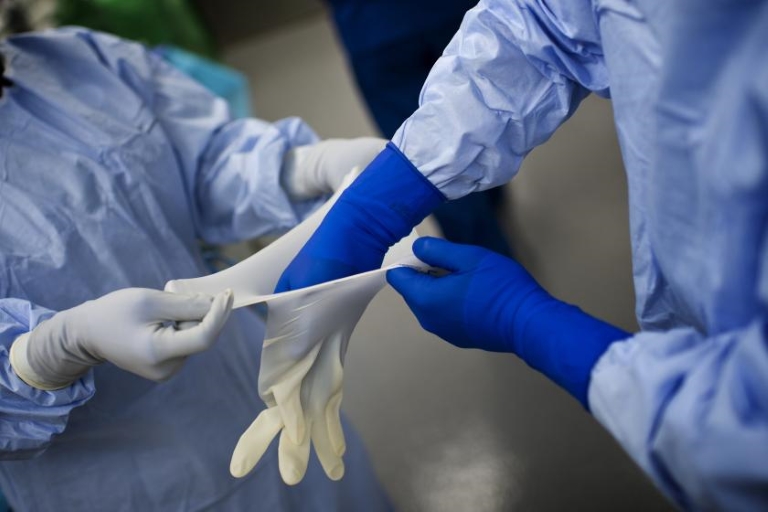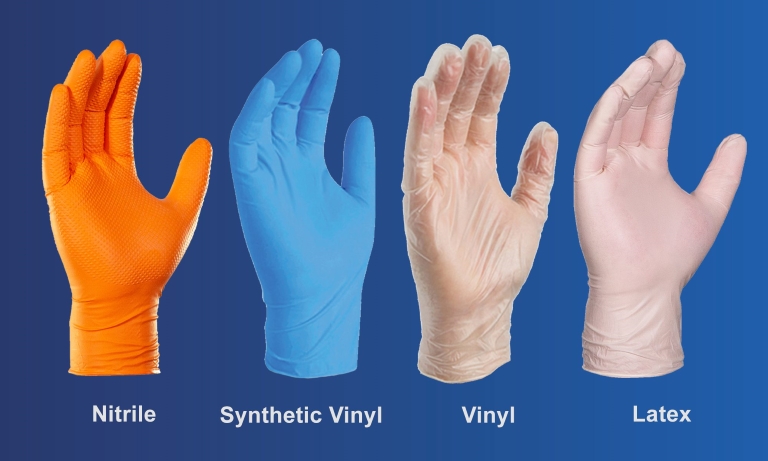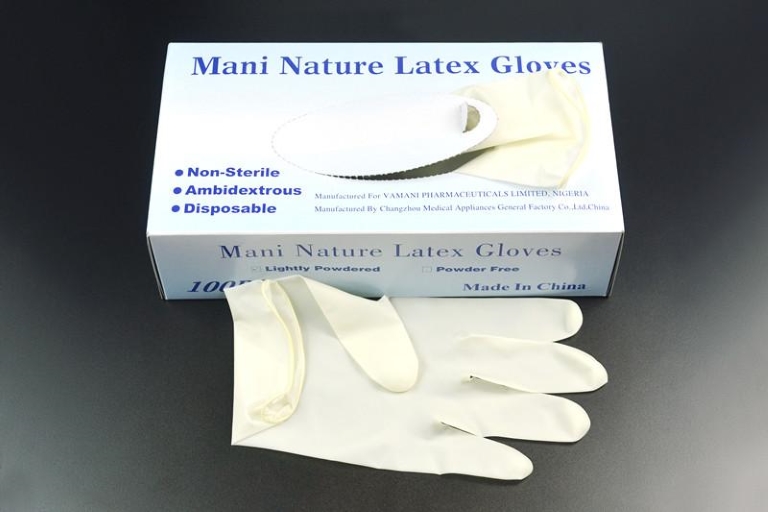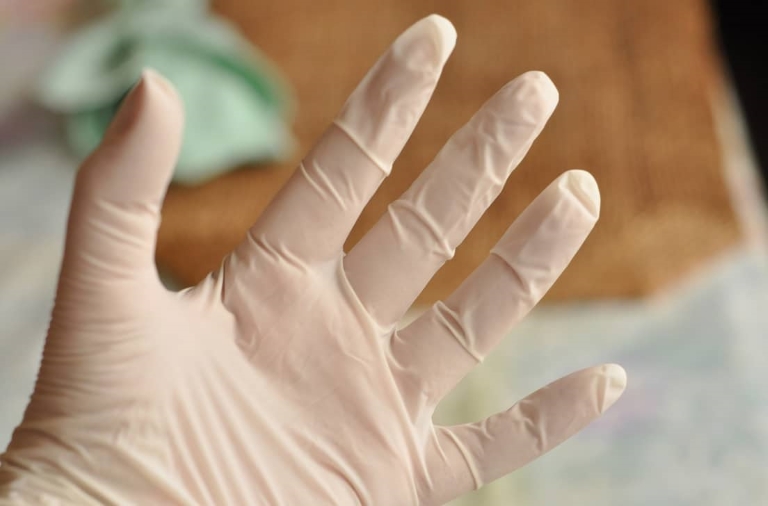Surgeons, general practitioners, first responders, dentists, and other healthcare professionals use disposable medical gloves every day to protect themselves and their patients from all kinds of threats. This is one of the best, proven methods to lower the possibilities of exposure to dangerous microbes, as well as chemicals. Nowadays there are many different types of medical gloves, and all of them come with different properties, different levels of protection and durability, as well as comfort.

Medical gloves can be examination and surgical gloves. Examination gloves can be sterile or non-sterile, while the gloves used by surgeons are typically sterile, and need to provide more sensitivity and better precision. Moreover, while examination gloves are usually available in general sizes (XS, S, M, L, and sometimes XL), surgical gloves need to be sized more precisely. This is because surgeons wear the gloves for longer periods, and, of course, because they require better tactile sensibility and dexterity.
The three most used types of gloves in the medical industry are nitrile gloves, vinyl gloves, and latex gloves, and all of them come with their own advantages and downsides. This can make each of them a better option for some applications than for others, not only in the medical industry but also for other uses.
Nitrile Gloves
In recent years, more and more professionals in the medical field use nitrile gloves, which is why they are often referred to as “medical grade gloves”. There is a number of good reasons why they are highly favoured by many surgeons. Technically known as acrylonitrile-butadiene rubber, nitrile is a synthetic rubber, which is highly durable, strong, and highly elastic. These gloves have a long shelf life, and more importantly, they are superior when it comes to chemical resistance, protection from viruses, microorganisms, bacteria, bio-hazards, and dirt.

Nitrile is also latex-free, which, in fact, is one of the reasons why these gloves were developed. Allergic reactions are a common response to latex, which has been a major issue for a lot of professionals in the medical industry. And, on top of that, medical-grade nitrile gloves offer more protection against solvents than latex gloves. However, even though they were created primarily for medical uses, nowadays they also have laboratory and even industrial applications.
Unlike latex gloves, nitrile latex-free gloves have a very low allergy rate. But aside from the fact that they don’t contain this common allergen, which makes them safer for more people, nitrile disposable gloves are very versatile, with different types for different industries, and they are cost-effective. They were introduced on the market in the 1990s, and back then they were more expensive than latex gloves. However, as they were gaining popularity, the prices have been dropping, and today they cost the same or less than latex gloves.

These medical rubber gloves are also more popular amongst health care professionals than vinyl gloves because they offer a better barrier against harmful substances. One of the reasons why nitrile hand gloves are so popular is that when they are punctured, they tend to tear, which makes even the smallest puncture easily recognisable. In comparison, when a latex glove has a small puncture, it can be very hard to notice it, and even the smallest puncture can be potentially dangerous.
Latex Gloves
As we mentioned above, there have been advances in nitrile medical grade gloves, and they have become thinner and more comfortable, and they now offer better tactile sensitivity. However, latex gloves have been used for longer, and there are still general medical practitioners and doctors that prefer latex gloves, because they find them more comfortable, with better dexterity. Nevertheless, in some medical institutions, latex gloves have been banned because of the concerns regarding these common allergies, which usually cause discomfort, but in some rare cases can be much more serious. In fact, medical workers are amongst the most likely people to develop an allergic reaction to latex, because prolonged exposure is often the cause of the allergy.

Latex gloves are made of rubber and they provide exceptional protection against bacteria and viruses, which is another reason why they are a good option for medical use, but they do not provide as strong protection against chemicals as other types of gloves on the market. However, they are one of the least costly options.
Vinyl Gloves
Unlike the previous types of gloves, vinyl gloves are looser fitting and less elastic. Vinyl is a synthetic material made of plastic, more precisely polyvinyl chloride (PVC) and polyvinyl alcohol (PVA). This makes them a good alternative to latex gloves because, like nitrile medical gloves, they are also latex-free. Moreover, vinyl is cheaper to produce than the synthetic nitrile rubber polymer, which makes gloves made of the material much more cost-effective.

One of their biggest advantages is that there are no allergic reactions to the material, however sometimes vinyl gloves can cause skin irritation – as the hands perspire, the glove will trap the heat due to the lack of ventilation. These gloves offer standard protection against chemicals, and they are soft and comfortable. However, they are less sensitive to the touch, even though there are advances in technology, offering more sensitivity, dexterity, as well as durability, and strength.

